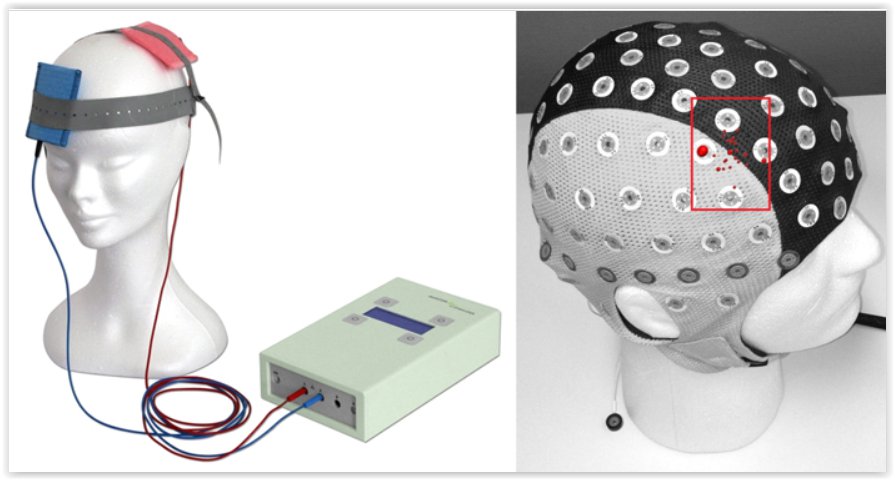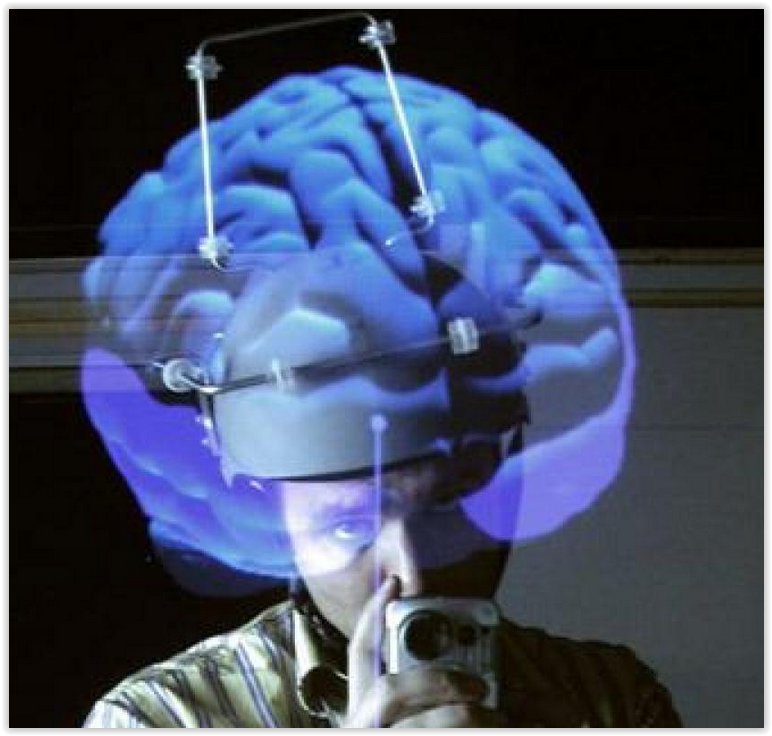05 Jul 2017
Why did the hunter need the philosopher's brain?
Let's start with a general question that creationists like to ask, believing that by doing this they refute evolutionary biology: "Why does the primitive hunter have a philosopher's brain?" Indeed, the brains of our ancestors increased and reached their true size already at the stage when the way of life was simple and primitive. We understand that the way of life of hunters and gatherers did not require any extraordinary mental abilities. They do not solve quadratic equations, do not build missiles, etc. Already 500,000 years ago, the brain was almost the same as we have now, and 200,000 years ago - quite the same. But then there was no science, no written language, no states, no laws, no art ...
So why did the brain of primitive hunters evolve to such a state that it, as it turned out, could be used for the development of spacecraft, composing symphonies and running the state?
The human brain is three times larger than the brain of our closest extinct relatives, the chimpanzee. During the last 2.5 million years, our ancestors experienced surprisingly rapid growth of the brain. After all, the brain is a very expensive organ, it consumes a lot of calories. There is also the problem that it is difficult to give birth to large calves.
5 reasons for the apparent "redundancy" of the brain
1. The stone chopper modern man just will not do it.
A large brain is a multifunctional adaptation.
Of course, our ancestors did not develop the brain to write symphonies and prove theorems. The brain in Homo developed mainly by simply increasing, above all the cortex of the cerebral hemispheres. By its anatomy, the human brain is slightly different from the chimpanzee's brain. The proportions of some departments differ. In the nineteenth century, Richard Owen, an opponent of Darwin, tried to find in the human brain structures that were missing from the monkeys, but the attempts were unsuccessful.
The enlargement of the brain is probably the easiest way, following which evolution can increase cognitive abilities, the intellectual potential of the animal. Due to a larger number of neurons, the memory, the amount of information processed, and, consequently, the possibility of solving more complex problems appear. It is not a fact that the intellectual tasks facing the ancient hunters and gatherers were simpler than the modern ones. For example, the stone chop, which our ancestors used, you can not do without serious preparation, only a unit of archaeologists are able to produce such a thing.
2. A large brain is needed "in reserve".
The apparent "redundancy" of many biosystems is in fact a means of increasing noise immunity.
We do not live in the laboratory and are not protected from various adversities. All of us, from bacteria to humans, live in a volatile environment and constantly face various dangers and challenges. Therefore, the body will be unviable without a safety margin. A typical example is the genetics of yeast. Conventional baker's yeast has about 6,000 genes in the genome, but only one thousand of them are absolutely necessary for them to survive. The seizure of 4 thousand does not affect the viability, and even thousands do not lead to death. It turned out that all these genes are needed to combat various difficulties.
This applies to the human brain. When the heat, good weather and enough food, maybe you do not need such a large brain, but without it you can not do in stressful situations.
3. Getting rid of the brain is not so easy.
Allelic substitution is a slow process.
If a mutation arises that increases fitness, it is not immediately fixed. For example, if a mutation occurs that reduces the brain, provided that the large brain is really not needed and is very expensive. It will be a mutation with a beneficial effect - in the evolutionary sense. It will begin to spread in the population, provided that there are no stress factors. That the allele managed to gain a foothold, good conditions should persist for hundreds of generations. Even if once it is violated for 300 generations, the big brain will return.
Semax, Cogitum, Cerebrolysin help you to improve brain function.
4. Reception "peacock's tail."
Sex selection generates "excessive" signs.
It is quite possible that our brain, intellect and creativity developed under the influence of sexual selection. They are analogous to the "peacock tail". One of the arguments in favor of this theory is that intellect and creativity are an excellent "indicator of the quality of genes." Those. If a person demonstrates good work of his brain, for example, wit, he demonstrates that he has a good genome, which means he is not heavily burdened by mutations and his offspring will be healthy.
5. Man competes not with a goat, but with relatives.
Intraspecific competition is the main driving force of evolution.
One must understand that the main thing is not just to kill a goat or a deer, but to make it better than relatives. Simply put, you need to be no better than a goat, and better than this hunter. To leave more offspring, it is important not just to cope with tasks, but to do it better than everyone else.
Evolution never stops. If the whole point is only to learn how to prick nuts, this may not be an incentive for the development of intelligence. Because at the moment you learned to crack a nut well, you defeated him in this arms race. If you need to leave more offspring, do not just nuts, and do it better than fellow tribesmen - here evolution will never end. There will be a mutation that will improve your abilities, in a hundred generations everyone will have this gene, everyone will be also good in this matter. The process will begin anew, any mutation that will improve this ability will be selected by selection.
The more the brain, the more intelligent the person?
Now let's talk about how the brain grew. The brain enlargement began in habilisians 2,3 - 2,0 million liters. N. It went very fast. We can not confine ourselves to just one cause, which was the beginning of the brain enlargement. This clearly was a number of factors.
There is an old classical idea that "Labor made from a human monkey". Everybody knows her. A few decades ago labor theory seemed quite logical. But the last finds (bones from Dikiki with scratches from stone tools with the age of 3.4 million liters, guns from Lomekvili) are questioned: the time gap between the beginning of the use of tools and the beginning of the growth of the brain is questioned.
Is there a direct relationship between brain size and intelligence? On the Internet on this account a lot of controversy and denial. In fact, there is a correlation. Other things being equal, a large brain is a prerequisite for the individual to have better cognitive abilities. If you take fish or mice and select those who have coped better with some kind of problem like exit from the labyrinth, you will find that they have more brain than the others. Conversely, if you select fish with an enlarged brain, and then check them for cleverness, they will cope better. Therefore, in my opinion, it is foolish to doubt that brain growth during these 2.5 million years is connected precisely with the mind.
Another reason may be the need for more effective cooperation for joint mining of carrion in the savannah or for other activities. Also the complication of social relations (Machiavellian intellect). The idea is that the most offspring were left "high-status", and in order to become them, one had to have social intelligence: cunning, the ability to weave intrigues, negotiate, be able to foresee the reaction of the congeners. For example, if you are a young male and want to rise, but you are hindered by the old alpha, then you need to unite with others like you. In addition, you need to remember the history of relationships: this monkey is good, and this one is bad.
There is such a thing as "Machiavellian evasion": the more intelligent people are around, the more they are in the minds of knowledge, the more useful it is to be able to learn quickly and have a good memory. Those. You will develop if there are people near you who are smarter than you, if everyone is dull around, then why develop? There is "Fisher's escape": the more pronounced "fashion" for smart partners, the more profitable it is to follow and the stronger the selection to mind. In addition, intelligence is an excellent indicator of the "quality of genes."
Hungarian neuroscientists have shown that the theory that evolution is associated with the development of "social intelligence" is applicable to individual differences in the size of the brain in modern people. It turned out that the person's sociability is positively correlated with the size of the frontal and temporal lobes, the neocortex and the entire terminal brain.


 Cart
Cart









